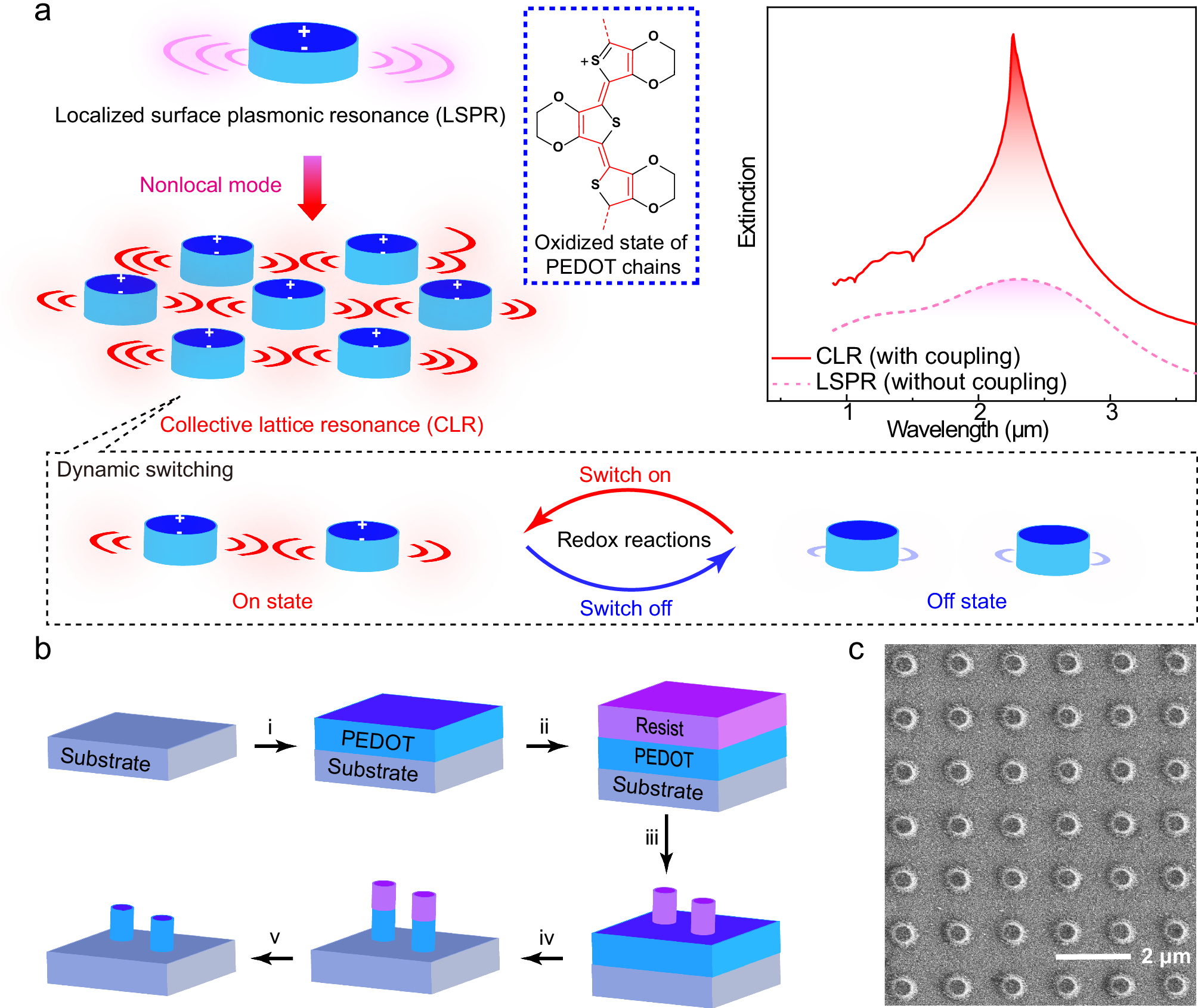2025-05-21 スウェーデン王立工科大学(KTH)
<関連情報>
- https://www.kth.se/en/om/nyheter/centrala-nyheter/model-shows-how-electric-truck-manufacturers-can-reduce-reliance-on-virgin-rare-earth-minerals-1.1404588
- https://www.tandfonline.com/doi/full/10.1080/00207543.2025.2464912
電気機械を再製造のケーススタディとして用いた自動車産業の循環型生産システムのためのシミュレーションベースの意思決定支援ツール A simulation-based decision support tool for circular manufacturing systems in the automotive industry using electric machines as a remanufacturing case study
Mayarí Pérez,Michael Lieder,Yongkuk Jeong & Farazee M. A. Asif
International Journal of Production Research Published:27 Feb 2025
DOI:https://doi.org/10.1080/00207543.2025.2464912

Abstract
Circular economy has gained increased attention in both academia and industry. One of the main hurdles in implementing viable circular manufacturing systems in industry is the anticipation of future economic and environmental benefits in a circular supply setting, combined with product design decisions. Although circular practices, such as remanufacturing and reuse are often beneficial for original equipment manufacturers in closing the loop and realising business benefits, it is enormously challenging to match early design decisions at a single component level to future unknown recovery operations. Therefore, this paper presents a mixed agent-based and discrete-event simulation model to quantify economic and environmental impacts resulting from chosen circular design strategies. The feasibility of the model is tested using a case study product of an electric machine from the heavy-duty vehicle industry. Results show that an additional design investment of 10.6% can reduce the average cost of an electric machine by 18.6%, material demand by 14.7% and cradle-to-gate impact by 38.7% on average. In the context of electric machines, the most sensitive parameters of the circular supply chain are the success rate of remanufacturing and reuse operations, the lifetime length and the degradation speed.



